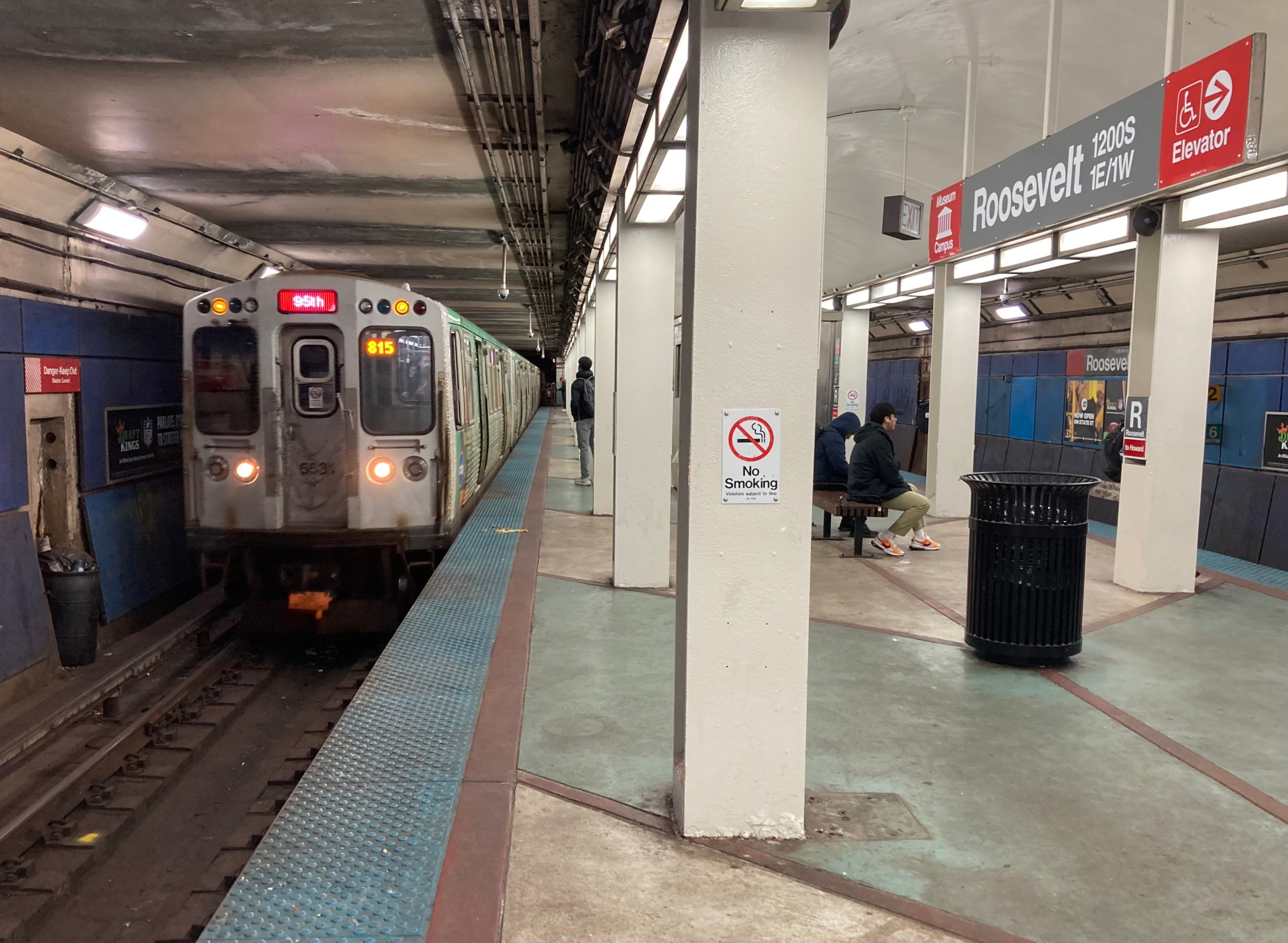
The Regional Transportation Authority reports that the Chicagoland transit network has recently seen some encouraging ridership recovery from COVID-19-era losses. However, there's still a lot of room for improvement,
According to the RTA, which oversees the CTA, Metra, and Pace, between May 2023 and May 2024, there was a nearly 14 percent total increase for all fixed routes for the three systems. Together the trio of transit boards provided over 32 million rides in May 2024, which took the regional network up to 64 percent of pre-pandemic 2019 levels.
The CTA reports that the number of active Ventra payment cards is back to 97 percent of pre-COVID levels. However, the people who use them are riding less often due to an increase in work-from-home, plus other recent adjustments in travel patterns.
According to the RTA, the three systems are ready to roll with the changes to meet customers' needs. That's one of the strategies mentioned in the recent Chicago area plan “Transit is the Answer", a roadmap for addressing the region's looming $730 million public transportation fiscal cliff.
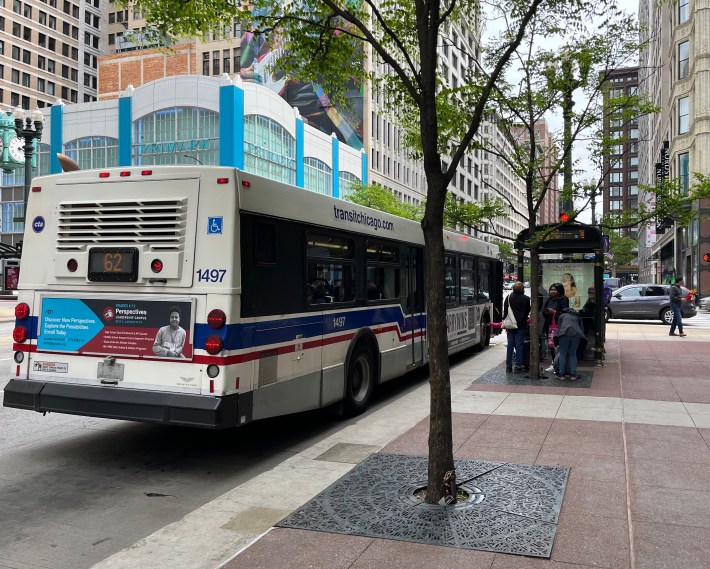
"It’s great to see that transit ridership is increasing, although it remains below pre-pandemic levels," said Kendra Freeman, vice president of programs and strategic impact at the Metropolitan Planning Council. "Accessible and reliable public transit is a necessity for so many people across the region. MPC supports the transit funding and transit governance reforms found in [the Chicago Metropolitan Agency for Planning's] Plan of Action for Regional Transit as the best way to bolster our region’s transit system, ensure sustainability and continue to build back ridership to levels comparable to those found in our global peer metropolitan areas."
The CTA's problems getting its bus and train operator staffing up to pre-pandemic levels, which has caused service gaps, are well-documented. Nonetheless, the agency says ridership has been steadily improving. May 2024 CTA bus ridership increased to over 77 percent of the May 2019 level, and May 2024 'L' ridership reached 59 percent of the level five years earlier.
The 2024 CTA budget called for getting back up to a total ridership number for this year that is 64 percent of the 2019 level. Since the agency is currently up to 67 percent year-to-date, it expects to achieve that goal at the end of 2024.
The CTA also says it's gotten 48 bus routes back up to 2019 service levels. The agency says that has resulted in a 21 percent increase in ridership on routes with improved schedules, compared to only a 14 percent ridership bump on lines that didn't get more buses.
"Recent ridership trends are encouraging, but also reflect ongoing challenges to public transit," said Kate Lowe, an associate professor of Urban Planning and Policy at the University of Illinois Chicago. "Increased remote work, competition from ride-hail and driving, and inadequate funding predate the COVID pandemic, but the pandemic dramatically worsened those challenges. The higher ridership recovery of buses, specifically CTA buses, demonstrates that some riders depend more on public transit as well as the link between robust frequency and ridership."
Compared to May 2019, Metra said it recovered 58 percent of weekday riderships levels in May 2024. And on May 21 of this year, the commuter railroad set a record for post-COVID ridership with 197,520 rides.
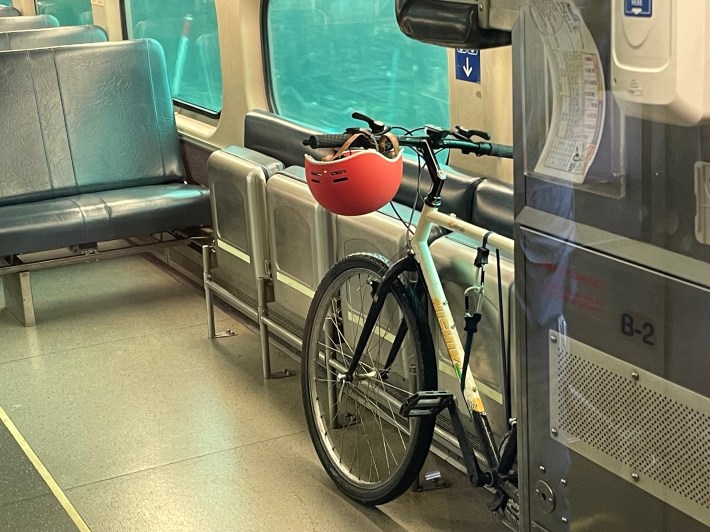
Meanwhile, Metra carried 31,000 bicycles that month, nearly twice as many as in May 2019. The agency credited that boom to launching its Bikes on All Trains program last Febraury.
Also notable: In April, Metra broke another one of its post-pandemic records by selling more than 50,000 monthly passes. And the railroad opened its new Peterson/Ridge Station on May 20.
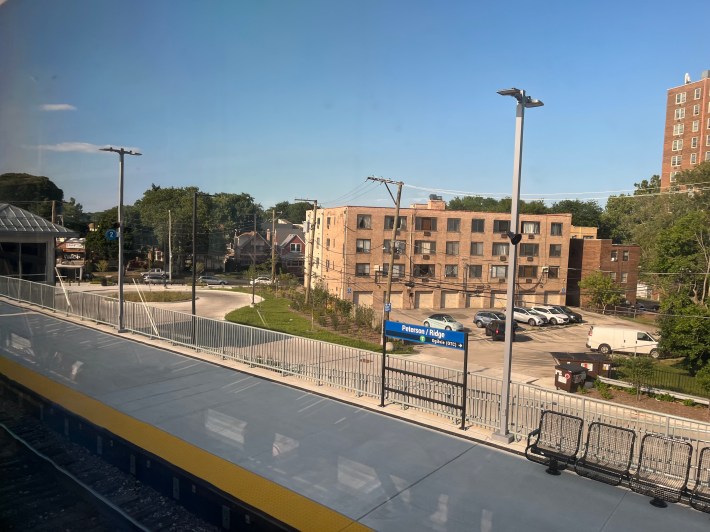
Pace's 2024 budget predicted ridership would be at 55 percent 2019 levels. But so far this year with 64 percent year-to-date ridership recovery, the agency will likely surpass that prediction.
Pace has also installed more real-time bus tracker signs throughout its service area. In addition it has launched a new trip-planning platform intended to be more user-friendly.
"This growth is largely being driven by Pace Pulse, the agency’s [express bus] service," said the RTA report. "Pace launched the Pulse Milwaukee Line in 2019 and the Pulse Dempster Line in August 2023, bringing fast, frequent service between Evanston and O’Hare. Three additional Pulse corridors are currently in project development including Halsted, 95th Street, and Cermak—all of which are likely to drive even greater ridership gains when service begins."
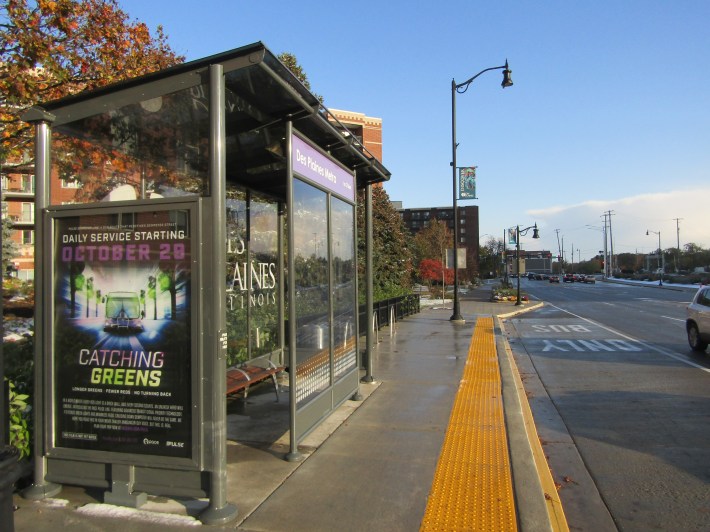
DePaul University transportation expert Joseph Schwieterman said the CTA, Metra, and Pace ridership growth is good news. "We're still distressingly far below pre-pandemic levels, but things are moving in the right direction," he said. "I expect the ridership bounce-back to continue this summer, hopefully reaching three-thirds of pre-pandemic levels by next year."
Unfortunately, even with all these improvements, the RTA system is still facing that $730 million annual operating shortfall in 2026, which is only expected to grow with the cost of providing service in future years. Sign up here to get involved with the Transit is the Answer Coalition, which is trying to take the cash-crisis bull by the horns.
"With a fiscal cliff around the corner, increased sustainable operating funding is vital for riders and the region, as public transit brings indirect benefits even to non-riders," said UIC's Kate Lowe. "Public transit agencies, however, exist in a landscape of continued investment in car dependency which needs to be addressed to fully maximize the benefits the public transit brings.Given the role of transportation in global climate change, improving public transit to serve existing riders better and to attract new riders from more polluting modes is important to our shared future. Again, the ridership data is encouraging but points to much more work to be done."
Read the recent RTA report here.

Did you appreciate this post? Please consider making a tax-deductible donation.
